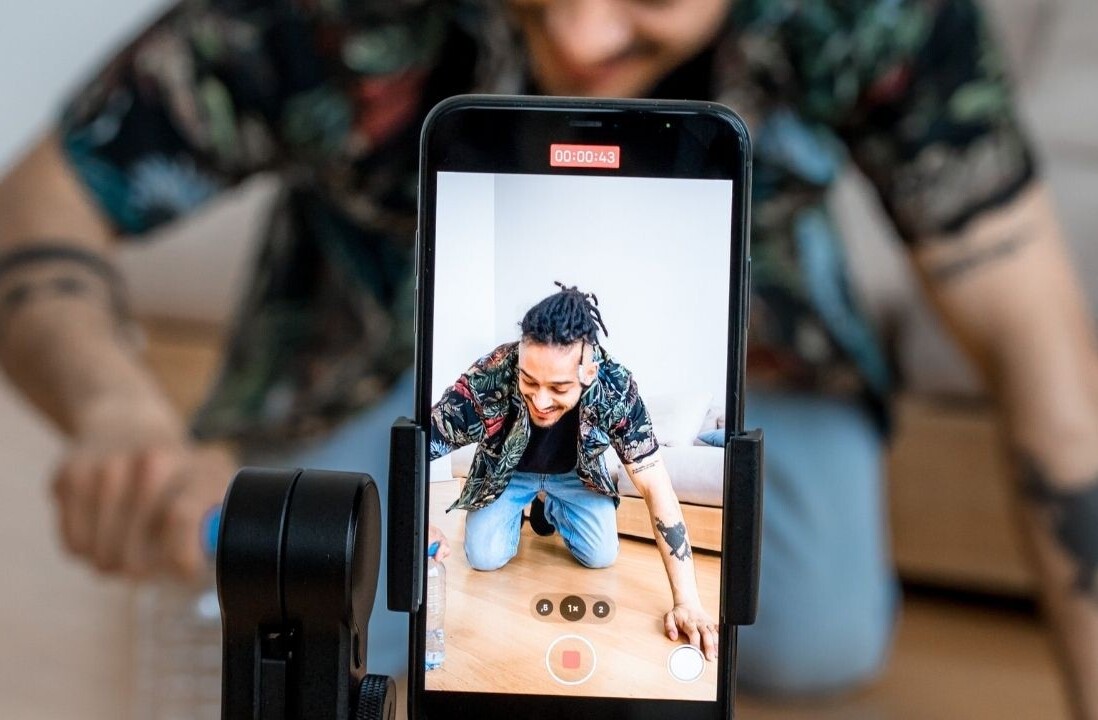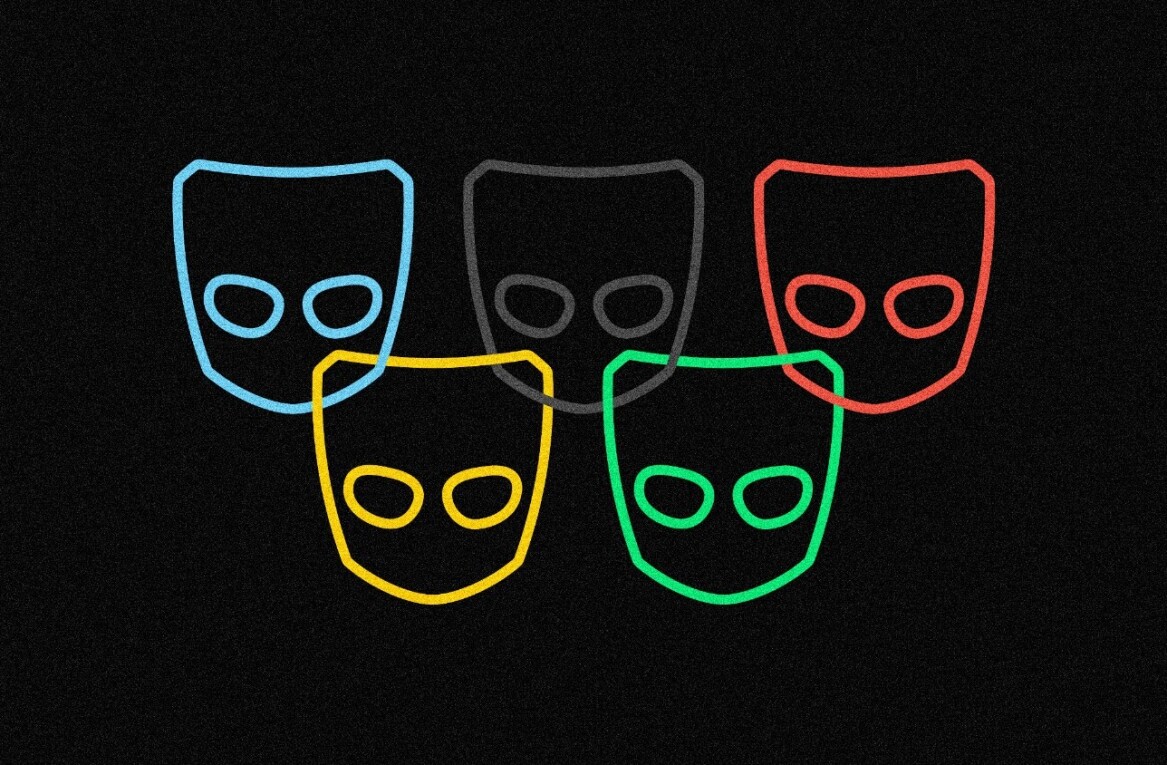
 It has been a little over a month since the terribly destructive and deadly Haiti earthquake. Alongside the actual disaster and story, the impact of social, digital, and mobile media on fundraising has received its fair share of coverage. With a month’s perspective, perhaps it is important to reanalyze that impact and compare it to other, previous outpourings of support, such as attacks of 9/11, Hurricane Katrina, Asian Tsunami, and Kashmir Earthquake.
It has been a little over a month since the terribly destructive and deadly Haiti earthquake. Alongside the actual disaster and story, the impact of social, digital, and mobile media on fundraising has received its fair share of coverage. With a month’s perspective, perhaps it is important to reanalyze that impact and compare it to other, previous outpourings of support, such as attacks of 9/11, Hurricane Katrina, Asian Tsunami, and Kashmir Earthquake.
Speed of Donations
The strength of social media is the ability of news and messages to quickly reach massive amounts of people, and not just reach them with a general alert but to tell various angles of the story. The ability to take action by donating is another huge bonus.
Philanthropy.com, a publication that tracks non-profits, noted that: “The pace of giving for Haiti is running ahead of the amount donated in the same period after the Asian tsunamis in 2004, but slower than the outpouring of gifts after the flooding caused by Hurricane Katrina in 2005.”
It does seem that social, digital, and mobile have played a part in producing a strong initial response even though the role of mobile may have been over publicized.

Data source: Philanthropy.com
Mobile Donations
Although the role of mobile giving has been widely covered, its true impact is difficult to understand. Perhaps it increased the total number of donations or made donors out of a younger, previously unreached audience. But the negative impact of mobile donations is the danger of possibly canabilizing potential larger donations because it tends to operate on the very low level donations level.
Philanthropy.com published an interview with Katrin Verclas, co-founder of MobileActive.org, and she expressed some reservations about mobile giving:
“The upside is that it lets people respond very quickly, that’s great because it allows organizations to develop a donor base of people who they wouldn’t necessarily otherwise get…But … there’s a danger that some of those $5 and $10 gifts might be coming at the expense of donations that would have been larger had the donor gone to the charity’s Web site. For something like Haiti, which is so catastrophic and so massive in size and need, it might have the effect of people feeling like, ‘Oh, but I already gave.’”
Real World vs. Digital World
This is the tricky part. Digital and social media create a feeling of immediate impact, but what is happening in the real world is often quite different. The actual disbursement of the funds raised in a flurry of donations takes long months, if not years. Red Cross just came under fire for so far only using up $80M out of $225M raised and explained:
“The reason we have not spent all the money raised for Haiti yet is because we want to spend it in a thoughtful and responsible manner to meet immediate needs for food and water, but also longer term needs such as shelter and sanitation. We are working with other aid organizations to develop a comprehensive plan that makes the best use of the donations entrusted to us. We are actually spending the money very quickly in Haiti compared to other relief operations. In the first month alone, we have spent or have in the pipeline almost one-third of the $255 million donated. By comparison, we raised $581 for the Indian Ocean Tsunami, spent $110 million in the first 6 months of the response and the rest over the next 5 years on longer-term programs.”
Yet, it is understandable how many people would get confused. When donations are being solicited, no distinction is being made between emergency relief and long term rebuilding efforts. Social, digital, and mobile nearly always plays on the immediacy factor, but how the finds will be used is a different story. If urgency were less of a factor, donations would surely decrease, and there would be less funds for the long term efforts.
Total Donations
The continued effort and stamina of donors is still to be determined, and at this point it is hard to tell the total that eventually will be pledged to Haiti’s recovery. The role of social media will be to produce timely spikes of conversation and attention that keep Haiti’s recovery effort top-of-mind and donations flowing.

Data source: Philanthropy.com
Lessons from this
People gave to disaster relief before the advent of digital, social, and mobile, but it was done via other methods. Non-profits are successfully adapting to the changing media consumption habits of the public, cutting through the noise, and telling their story but it is a stretch that social media itself is helping them reach new, unprecedented levels of effectiveness.
Get the TNW newsletter
Get the most important tech news in your inbox each week.





